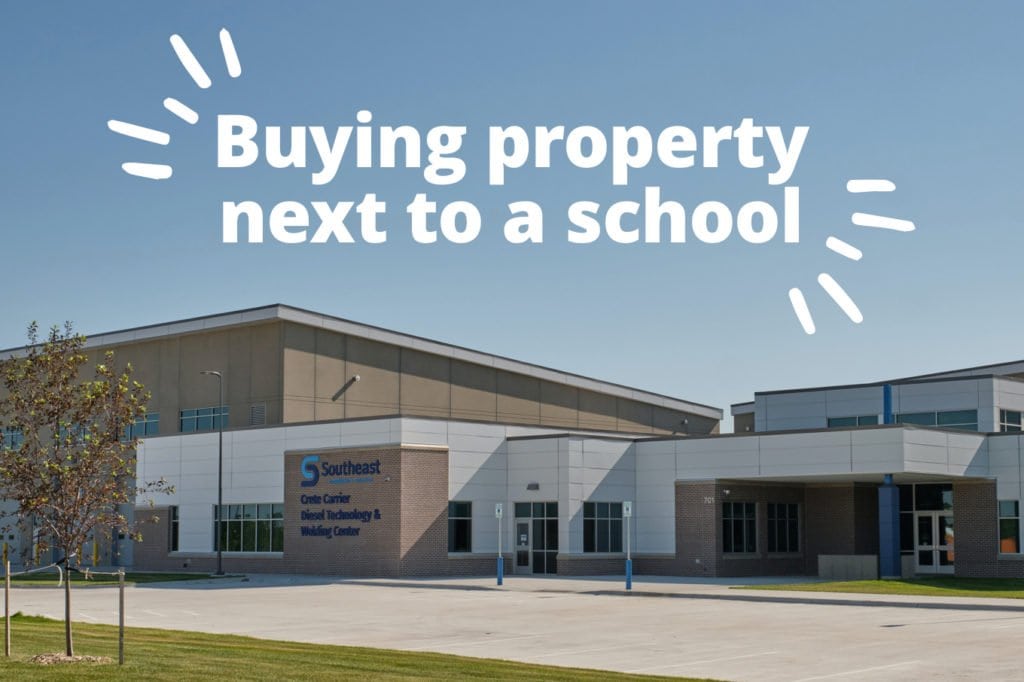Investing in a piece of real estate near a university or school – it’s a prospect that’s as tantalizing as it is prudent. On one hand, you’ve got a built-in demand for housing from students, faculty members, and families. On the other, there’s the inevitable ebb and flow of the academic calendar to contend with. But scratch beneath the surface, and you’ll discover a more nuanced reality that’s worth exploring.

The upside to investing in property near a university or school is undeniable. For starters, there’s the aforementioned demand for housing. Students and staff alike need places to call home, and proximity to campus is often a top priority. This translates into a steady stream of potential renters or buyers, many of whom are willing to pay a premium to be close to the action.
Then there’s the matter of local economic growth. Universities and schools often drive commercial development in the surrounding area, leading to an influx of new businesses, amenities, and services that cater to the academic crowd. This, in turn, can fuel an uptick in property values, making your investment a potentially lucrative one.
However, there are also some potential pitfalls to consider. For one, the academic calendar can be a wild card. During the summer months or semester breaks, the area might feel deserted, and rental income could dwindle accordingly. And then there’s the issue of noise, disruption, and potential property damage from rowdy students – factors that might impact your quality of life if you’re living on the premises.
Ultimately, the decision to buy property near a university or school depends on your individual circumstances, financial goals, and risk tolerance. If you’re willing to ride the ups and downs of the academic cycle and navigate the challenges that come with a student-dominated neighborhood, this type of investment might just pay off.
To make the most of this opportunity, it’s crucial to do your due diligence and research the local market inside out. What’s the mix of student housing versus family-friendly dwellings like? How does the university or school influence the local economy, and are there plans for future development? What’s the reputation of the academic institution like, and does it have a strong track record of attracting students and creating jobs?
Answering these questions will give you a better sense of whether investing in property near a university or school aligns with your investment goals and risk appetite. It’s also wise to consult with local real estate experts and financial advisors to get a more informed picture of what to expect.
When it comes to property types, it’s worth exploring different options. From apartments and condos to single-family homes and shared accommodations, there’s no one-size-fits-all solution for investors. Each property type comes with its unique set of benefits and drawbacks, so it’s essential to weigh your options carefully and think about what’s likely to appeal most to your target market.
Perhaps the most significant advantage of investing in property near a university or school is the potential for scalability. If you start small with a single rental unit or a modest investment, you can always expand your portfolio as your confidence grows. Conversely, if you find that the market isn’t yielding the returns you expected, it’s relatively easy to sell up and move on to a different investment opportunity.
At the end of the day, investing in property near a university or school is a strategic gamble that requires patience, flexibility, and a willingness to adapt to changing circumstances. It’s not for everyone, but for those who do their research and execute a thoughtful investment plan, the potential rewards can be substantial.





